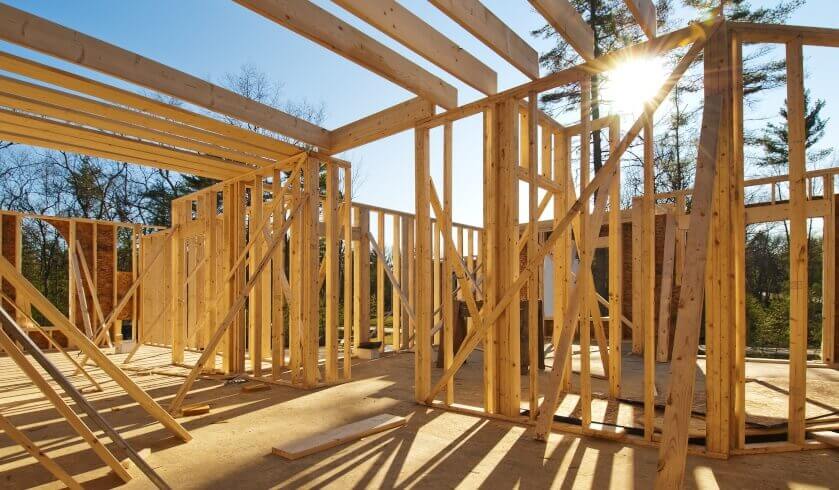Call for government to take on new green construction code
The recommendations towards a new construction code with the aim to reduce carbon emissions to zero, as well as reducing the cost of energy bills, has been praised, and is likely to dictate how dwellings are built in the future.

A potential update to the National Construction Code to better accommodate for energy standards and reduce carbon emissions has been claimed to be a good start, but according to the Property Council of Australia, there is more work yet to be done.
Published in the Building Code Energy Performance Trajectory Project, the suggested update to the National Construction Code, if implemented, would reduce energy bills from now until 2050 by up to $27 billion, reduce energy network costs by up to $7 billion and save at least 78 million tonnes of cumulative emissions.
However, Property Council of Australia CEO Ken Morrison said there is still more to be done to get construction considerations up to code.
“The report highlights that building code standards, while important, will only take us part of the way to meeting Australia’s zero carbon targets,” Mr Morrison said.
“The project’s comprehensive modelling across different climate zones showed that energy efficiency code changes can produce between 19–25 per cent reduction in carbon emissions in residential buildings, 22–34 per cent reduction in emissions in commercial buildings 35–56 per cent reductions in public buildings to 2034.
“These are substantial reductions and should be pursued, but they also demonstrate that a range of other policies need to be considered, including the decarbonisation of the electricity grid through greater use of distributed energy, as part of a comprehensive strategy for a zero-carbon built environment by 2050.”
Despite his claims, Mr Morrison said the government should take on board the results of the report in order for new dwellings to be adequately constructed to code.
“Everyone recognises that the stringency of building codes will need to increase over time, but it is important that the trajectory of these changes are mapped out into the future.
“We call on governments to incorporate the results of this project into a forward trajectory of code changes over time to provide industry with the certainty it needs to plan for and deliver reduced carbon emissions.”
Even though there is room for improvement, Australia’s property industry is already considered to be a leader on property sustainability, as it and New Zealand have been ranked number one in the Global Real Estate Sustainability Benchmark for seven years in a row.
“The property industry has set its own ambitious targets to reduce emissions and improve energy efficiency but there is an important role for governments to show more leadership and establish more comprehensive policies targeting energy efficiency,” Mr Morrison said.
“Our market leaders are already doing amazing things with new and existing buildings. But a stronger suite of policies will be needed to create the momentum for change that our national emissions targets will require.
“With the right leadership from government and a comprehensive suite of policies and incentives, industry can deliver on our zero-carbon target in a way that also supports a growing and innovative property industry.”
